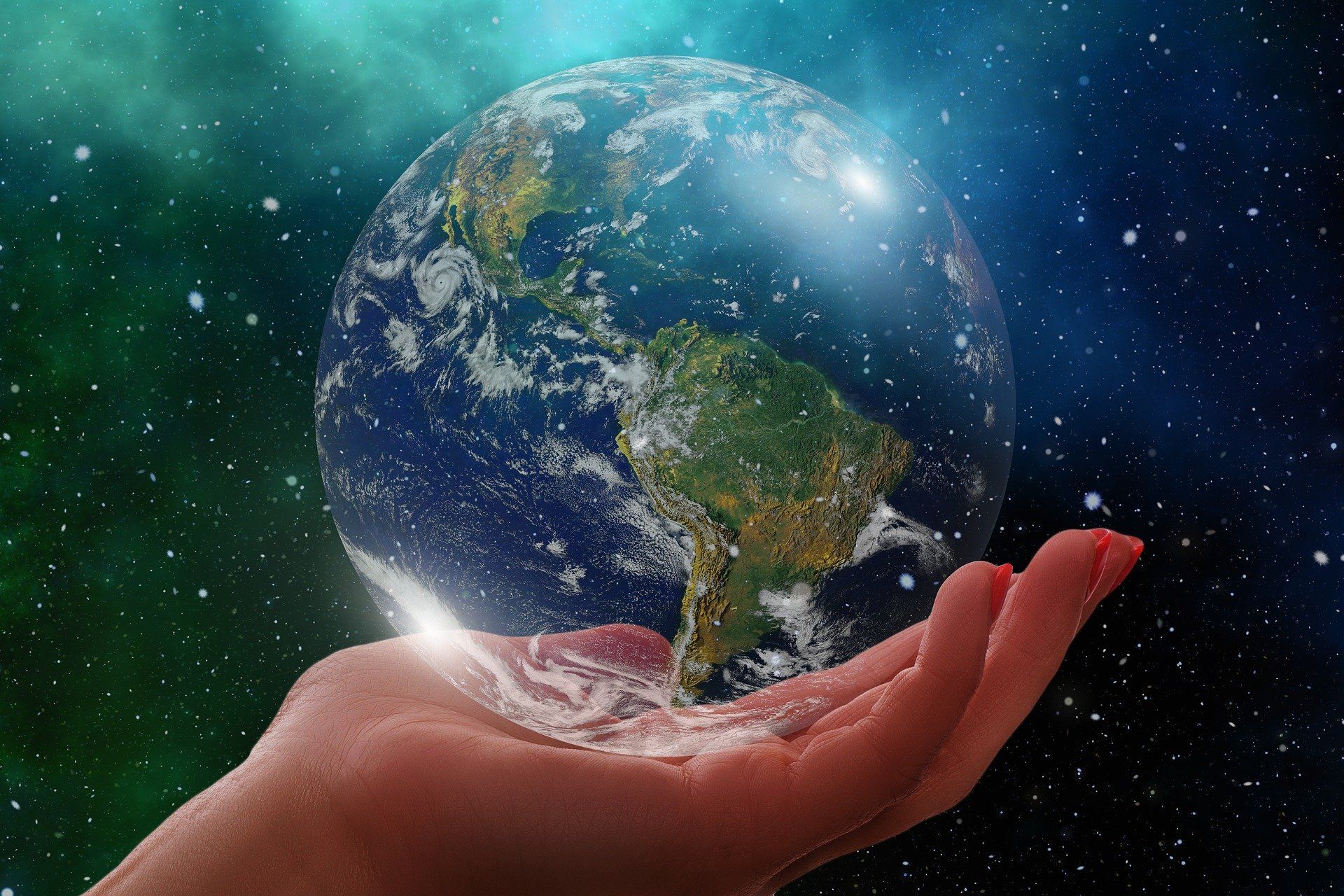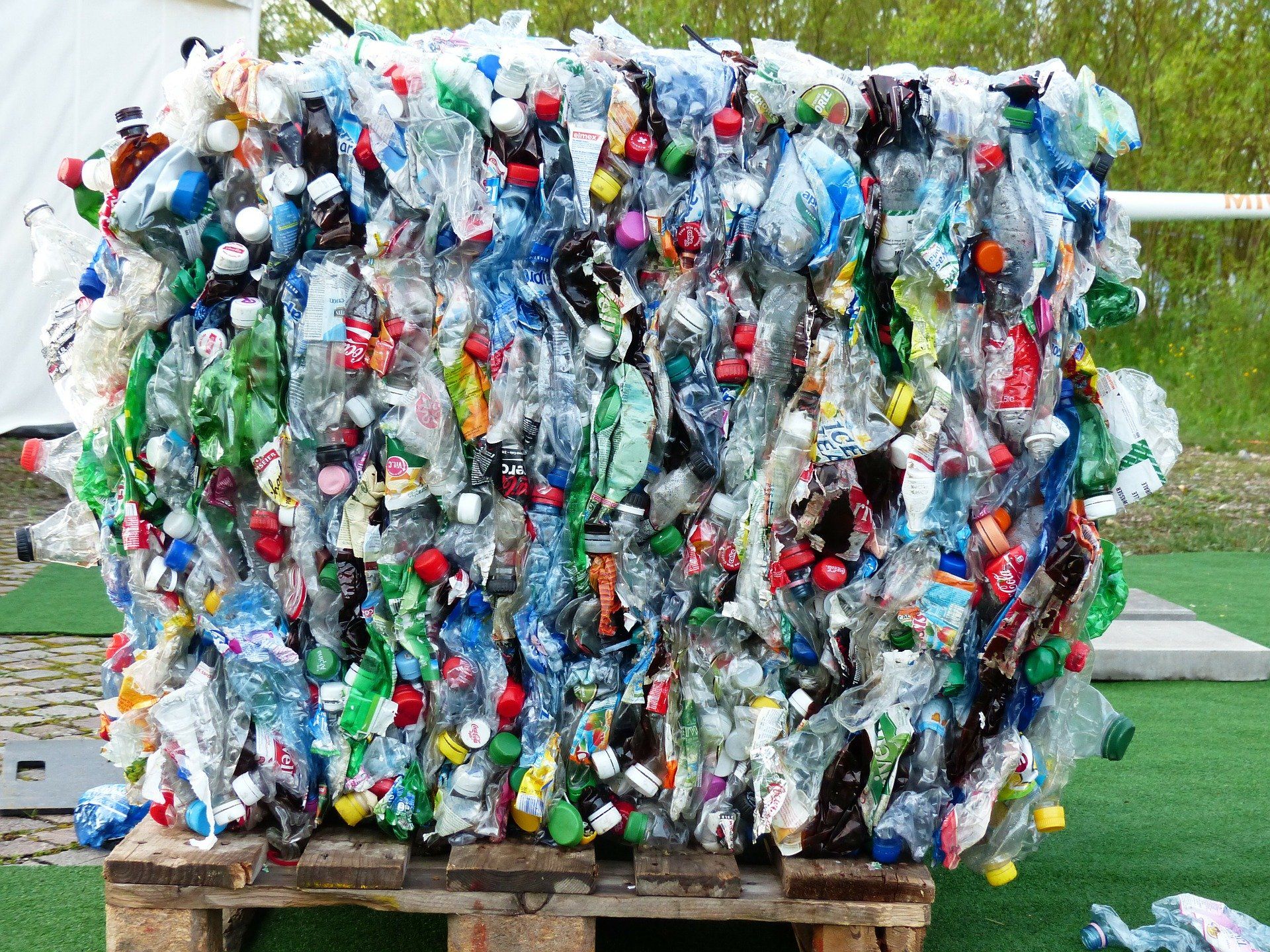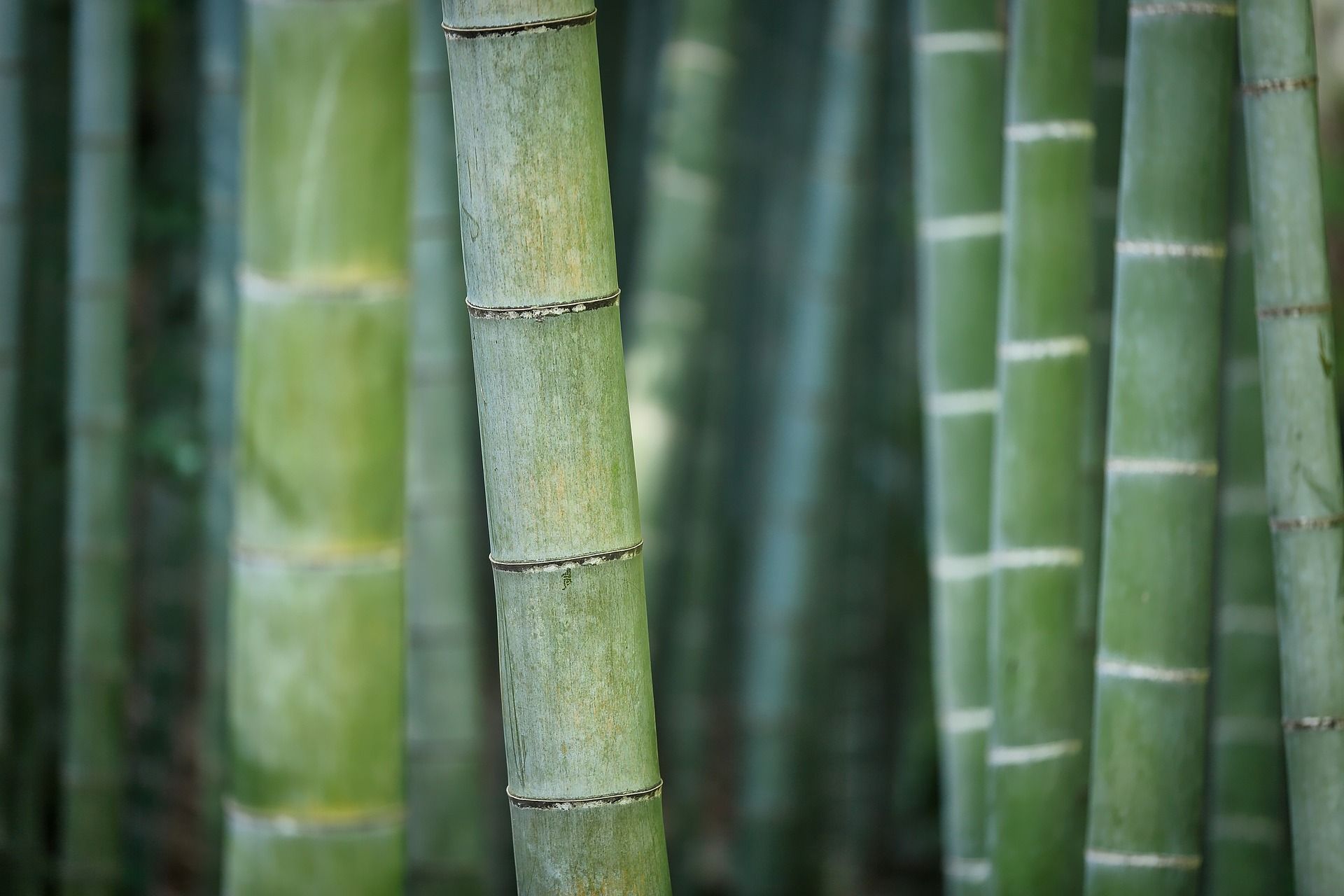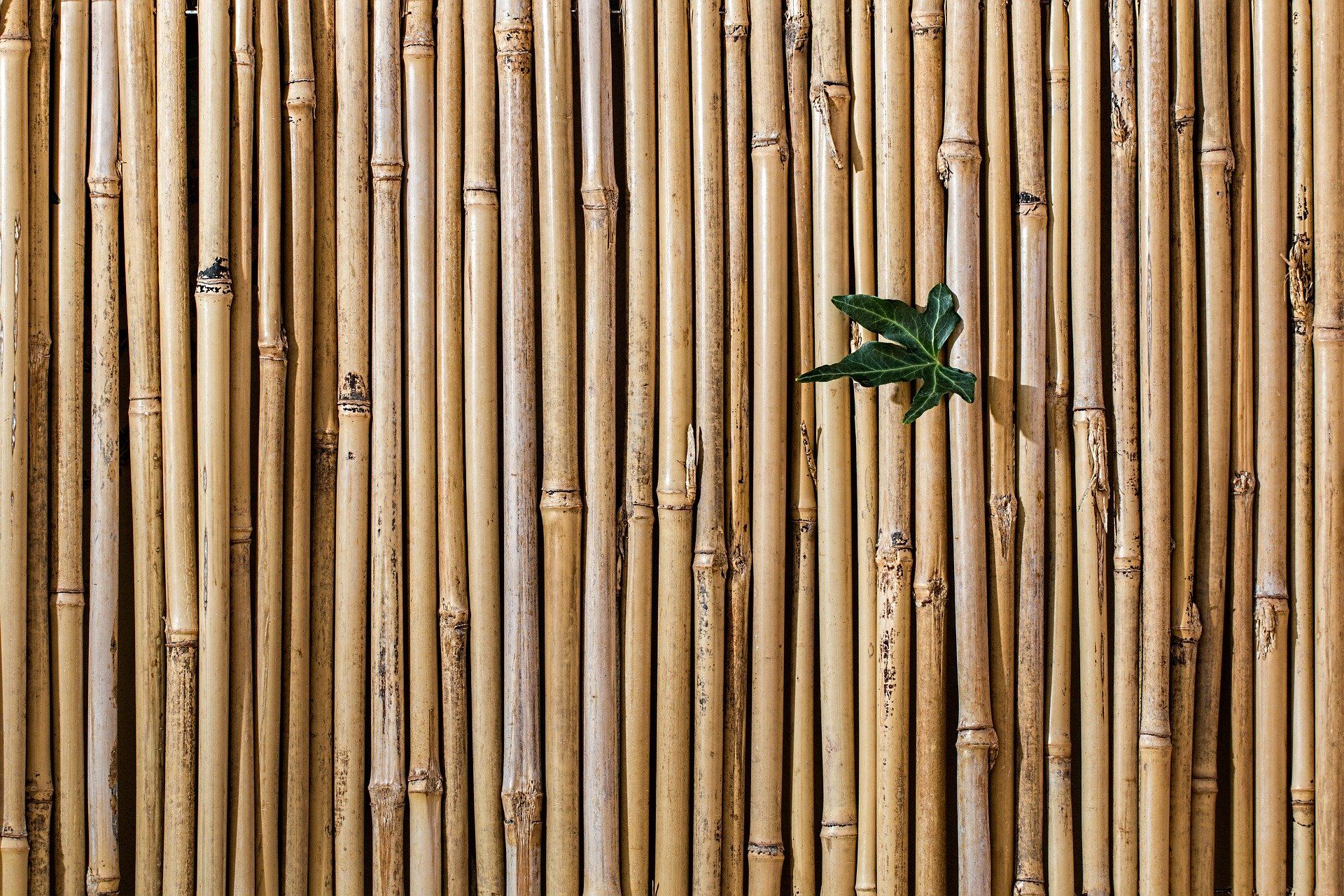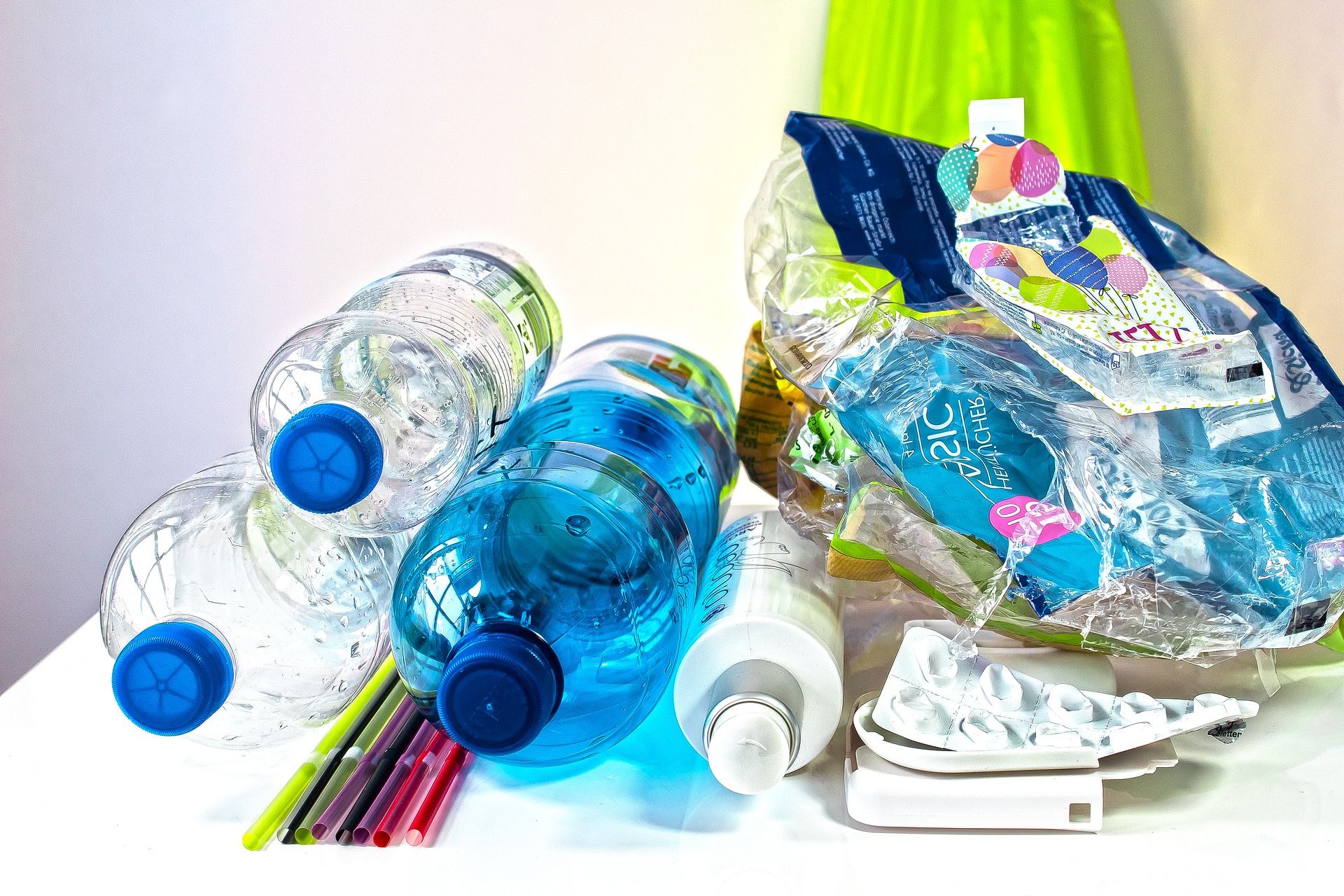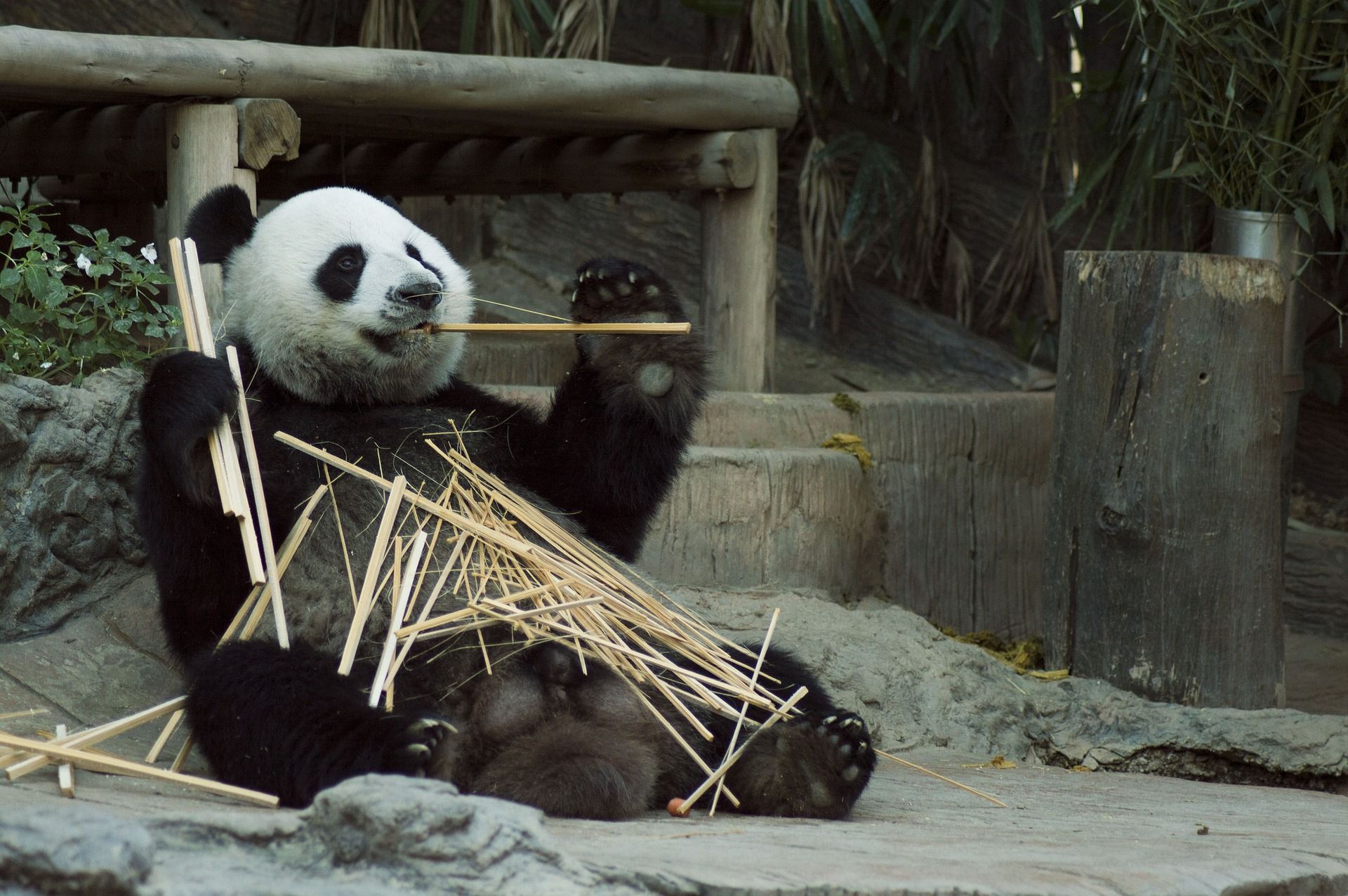Toothbrushes, crockery, socks – all this is now also available in bamboo. Does this trend really protect the climate and the environment?
Reusable plates and bowls, coffee mugs, platters, toothbrushes, toilet paper, T-shirts – the list of everyday products that are now wholly or partly made from bamboo are getting longer. There are even bamboo bicycles now. In times when plastic is increasingly frowned upon and responsible consumption is becoming a trend, bamboo seems a sustainable alternative. But do these products rightly have such a green image?
1500 There are about species of bamboo worldwide – most of them in China.
Bamboo is strictly grass. Like rice, wheat and sugar cane, it belongs botanically to the family of sweet grasses. Nearly 1,500 different species of bamboo are known worldwide. Most of them are originally native to China. There cover woody species whose stalks can grow up to 30 meters high and become so thick that they can no longer enclose them with both hands, whole tracts of land. A total of about six million hectares – an area almost as big as Bavaria. Like the grass in the meadow, bamboo forms a network of shoot axles underground, called rhizomes, from which new stalks grow. The plant creates habitats for a wide variety of animal species. And the people of China also use bamboo in many ways.

Straws as stable as wood
For centuries bamboo has been used there as a material for building furniture, houses, and scaffolding. The stalks are as stable and stable as wood. This is because even bamboo cells contain the woody substance lignin. Because of their cavities, the stalks even have an advantage over hardwood: they are much lighter and more elastic. In Asia, bamboo is also used as fuel. And the sprouts, the young sprouts of a new plant, are eaten – meanwhile all over the world.
Not only in China bamboo occurs naturally. Even in South and Central America, Africa and Northern Australia, the grasses grow without anyone planting them. In Germany, horticulturalists came to the bamboo in the mid-nineties. Meanwhile, the plants are everywhere to have. “There are the same five ways to buy in all hardware stores, and there are hundreds of hardy bamboo species that could grow here,” says Steffen Greiner of the European Bamboo Society Section Germany. In 1998, lovers founded this association in order to promote bamboo, its peculiarities and its different species in Germany. Bamboo is a hobby for Greiner. Actually, the plant scientist teaches molecular biology at the University of Heidelberg.

Despite the efforts of the association, the knowledge about bamboo is still limited. For example, bamboo is considered to be a particularly fast-growing plant – up to one meter per day, the stalks of Moso bamboo should be able to shoot up under ideal circumstances. This species is the highest up-shooter, coping in temperate latitudes.
Up to meter of1 growth, the Moso bamboo (Phyllostachys edulis) per day lie down
“That’s true in principle,” says plant scientist Greiner. “But no one says that the plant grows so fast for only four weeks in the spring, and for the rest of the year it saves the energy it needs to grow.” Thus, the productivity of bamboo is not much higher than that of other plants all year round.
Often bamboo cups are just plastic cups
If you take a closer look at the products and their production, it quickly becomes clear that even if bamboo is a rapidly renewable natural product, not all products that use the trend word “bamboo” are sustainable. In fact, many of them contain little or no equivalent vegetable content – and the remaining ingredients sometimes even pose risks to consumers. Uwe Lauber from the Chemical and Veterinary Examination Office in Stuttgart (CVUAS) has been testing bamboo-containing everyday objects for potential health risks since 2014. “When we started, it was pure consumer delusion,” annoys Lauber. Reusable coffee cups, which were sold by the manufacturer as bamboo cups, would have up to 70 percent plastic contain. Corn flour or finely shredded bamboo wood were merely added as a filler. Even though the proportion of bamboo in many products increases to more than half, Lauber says: “As long as the plastic is the formative component, it remains a plastic product.”

On 25 average, about % plastic contained the “bamboo cups” that were examined by the Veterinary Investigation Office in Stuttgart.
Forty-five items that have been advertised as containing bamboo have been tested by the Veterinary Investigation Office as part of Baden-Wuerttemberg’s official food inspection system for the past five years. Thirty-five samples, about half of which are coffee-to-go cups, were categorized by the inspectors as plastic items. Because the products had descriptions such as “environmentally friendly”, “from renewable resources” and “biodegradable”, they were judged to be not marketable. And: Eleven out of 35 samples were found to have given up either melamine or formaldehyde or both to food. In some cases, the statutory limits were exceeded significantly. These chemicals, which are proven to be residues, are the raw materials of the melamine resin, which gives the cups their strength. According to the Federal Institute for Risk Assessment (BfR), formaldehyde also increases the risk of cancer when inhaled.
The quantities released in the investigation of the office in Stuttgart, would not necessarily have health effects, says Lauber. It is only problematic if the tolerable daily intake is exceeded for a long time. However, you should not expose the cups to a higher temperature than 70 degrees Celsius. According to the BfR, items made of melamine resins are not suitable for use in cooking and in microwave ovens.
Uwe Lauber believes that in the next few years more and more mixed products made from natural and synthetic materials will be on the market. Even those that are food grade. In recent years, he has already seen in the manufacturers that advertising will be less misleading. For consumers, it is still far from certain that bamboo cups contain plastic.
As with crockery, the term “bamboo” is rarely completely applicable to textiles. Socks, T-shirts, bed linen – all sorts of textiles are said to be made of bamboo and to breathable, environmentally friendly and possibly also antibacterial. However, bamboo fibers, like other natural cellulosic raw materials such as beechwood, need to be altered in a complex chemical process to convert them to viscose. Only then can yarn be made for fabrics. However, the process produces a number of harmful intermediates, such as hydrogen sulfide and carbon disulfide. It also consumes lots of energy and water. It is therefore deceptive for manufacturers to promote viscose T-shirts as sustainable bamboo products.
The toothbrush – a hybrid
Another commodity was grabbed by the bamboo: the toothbrush. In drugstores and on the Internet, more and more toothbrushes made of or with bamboo are available. One of the manufacturers is the Hamburg brand Hydrophil, which advertises with “sustainable toothbrushes made of bamboo”. Unlike crockery or textiles, the handle of this company’s toothbrush is actually made from a piece of bamboo. “He is turned directly from the raw material,” explains CEO Christoph Laudon. Nevertheless, the brush is not 100% bamboo: the bristles are made of bioplastic, but not biodegradable.

The company Hydrophil, therefore, recommends breaking off the head of such a toothbrush together with the bristles and disposing of it separately. Christian Duwe, the recycling expert at the Clausthal Environmental Technology Research Center, advises that bamboo cannot be recycled, but that bioplastics can be. However, Duwe says, “recycling mixed forms are very laborious, and the different substances have to be separated from each other in complex processes.” Especially the combination of natural material and plastic is challenging. From the perspective of recycling, sometimes pure plastic products, for which there are secure recycling routes, make more sense than mixed forms for which there are no recycling routes, says the researcher.
According to the managing director, the bamboo used by the Hamburg toothbrush manufacturer grows 600 kilometers from Shanghai in a small town. “Small farmers are planting bamboo for us, but it’s not a classic plantation, but rather a mixed forest,” says Laudon. Other plants grew between the bamboo, additional irrigation was not necessary, as well as the use of pesticides, the stalks were harvested by hand. It takes a good half a year to be ripe for the harvest. About 1,000 toothbrushes could be turned out of it. According to its own statements, Hydrophil launched 800,000 brushes last year.
About 1000 toothbrush handles can be turned out of a bamboo stick
One problem that affects most products is long transport distances and associated CO2 emissions. “Transport is currently the crux of our ambition to sell a sustainable toothbrush in Germany,” admits Laudon. “At the moment, we are not paying compensation for CO2 emissions, and our assumption is that as it grows, the bamboo compensates for it very much, but we have zero carbon footprint.” The assumption that bamboo binds more CO2 than trees is widespread. However, this is clearly not proven scientifically. There is even a study that suggests otherwise.
But not only for everyday objects bamboo is used, but also for parquet, decking, and interior trim. The bamboo sticks are then cut and glued. How ecological this depends on which adhesives are used in which quantity.
As far as the life cycle assessment is concerned, it is always problematic for all products, because in Germany bamboo simply does not grow well enough for commercial use. Although there are winter-proof species for the garden, the cultivation of woody species for industrial use is not useful under the local climatic conditions. Anyone who sells bamboo products as a plastic alternative in this country must import from China, Ethiopia or other far-flung countries. There, the plant does justice to the green image it has here. It covers large areas, does not need to be irrigated or treated with pesticides. And it is harvested by hand. However, if the bamboo is transported to Germany and processed, the natural product becomes an industrial product with an ecological footprint.
Plenty of plastic pollutes the oceans, microplastic is detectable down to the deep sea. What can each one do, what can the world community do? Read more in our Focus on Life in Disposable Mode.


